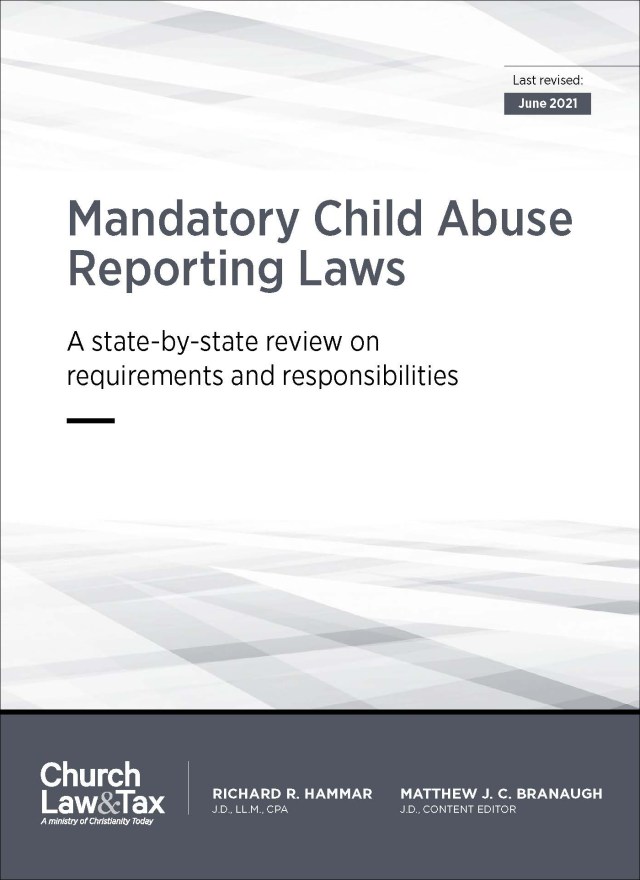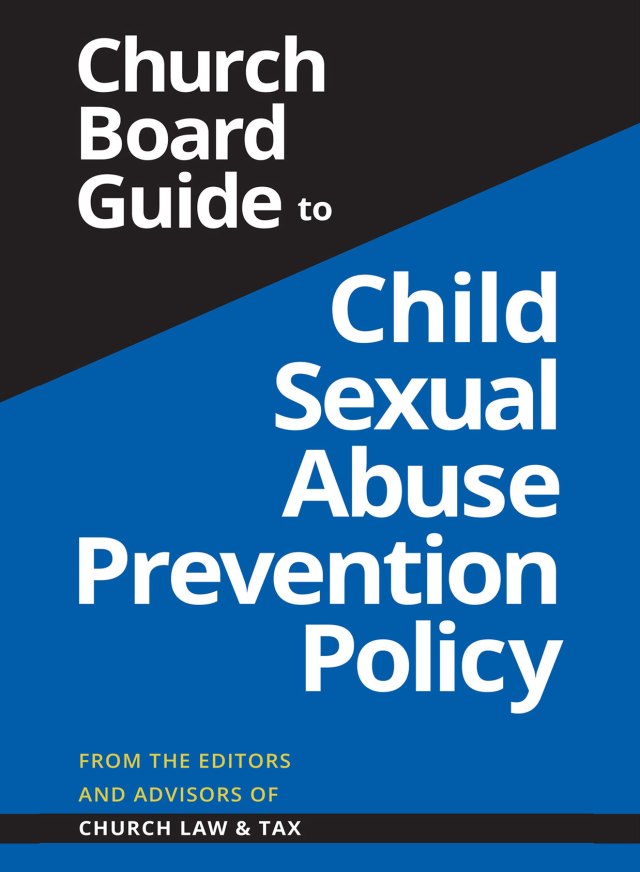Editor’s Note: Child abuse scandals continue to garner widespread media attention as well as the attention of lawmakers nationwide. As more victims come forward, often years or decades after suffering alleged abuses, they learn their state’s statute of limitations prevent them from seeking damages from the perpetrator or, when relevant, the perpetrator’s employer through civil lawsuits.
These time bars have become subject to changes—and in some instances, outright removals—by state legislatures in an effort to help victims.
This four-part series focuses on this continuing trend, helping churches and church leaders understand the potential ramifications. This part looks specifically at how many states are changing statutes of limitation, and court cases illustrating how those changes affect the legal process.
Most states have several statutes of limitations specifying the deadline for filing a civil lawsuit seeking a legal remedy (such as compensation) for an injury that can range from a breach of contract to a personal injury to property damage. Different deadlines apply for different types of claims.
Key point 10-16.4 The statute of limitations specifies the deadline for filing a civil lawsuit. Lawsuits cannot be brought after this deadline has passed.
There are a few exceptions that have been recognized by some courts:
(1) The statute of limitations for injuries suffered by a minor begins to run on the minor’s eighteenth birthday.
(2) The statute of limitations does not begin to run until an adult survivor of child sexual molestation “discovers” that he or she has experienced physical or emotional suffering as a result of the molestation.
(3) The statute of limitations does not begin to run until an adult with whom a minister or church counselor has had sexual contact “discovers” that his or her psychological damages were caused by the inappropriate contact.
(4) The statute of limitations is suspended due to fraud or concealment of a cause of action.
Persons who do not file a lawsuit by the deadline specified by law generally have no legal recourse.
But state lawmakers, federal lawmakers, and courts have come up with a variety of ways to extend the statute of limitations for injuries to minors, particularly as it relates to sexual abuse and molestation.
A report released in 2022 by CHILD USA notes:
- 50 states have eliminated the statute of limitations for child abuse criminal claims.
- 18 states have eliminated a statute of limitations for some or all child abuse civil claims.
- 27 states have enacted “revival statutes” that “revive” child sex abuse claims that expired under prior law.
Case Studies

North Carolina
An adult male sued a religious denomination in 2022 for injuries he sustained as a result of being sexually abused by a house parent at a denomination–run orphanage. A North Carolina appeals court observed:
The Sexual Assault Fast Reporting and Enforcement Act (“the Act”) was enacted in 2019 to “strengthen and modernize” our sexual assault laws. Among other revisions, the Act extended to ten years the statute of limitations for a civil action based on sexual abuse suffered while a minor.
Further, it provided that “a plaintiff may file a civil action within two years of the date of a criminal conviction for a related felony sexual offense against a defendant for claims related to sexual abuse suffered while the plaintiff was under 18 years of age.”
The Act also contained a provision, effective from 1 January 2020 to 31 December 2021, that revived “any civil action for child sexual abuse otherwise time-barred under [prior law] as it existed immediately before” the Act’s passage. Doe v. The Western North Carolina Conference of the United Methodist Church, 871 S.E.2d 877 (N.C. App. 2022).

New York
Example 1: The plaintiff, a 69 year old male, sued a church and others for sexual abuse from 1960 to 1964 by two persons associated with his Boy Scout troop, the suit was not time-barred because the Child Victims Act … extended the statute of limitations to bring a civil action based on sexual abuse until the child victim reached the age of 55, and … created a one-year revival window for time-barred claims, which was later extended by the Governor for an additional year regardless of the victim’s age. LG 67 Doe v. Resurrection Lutheran Church, 164 N.Y.S.3d 803 (N.Y. App. 2022).
Example 2: A federal district court in New York made the following comments regarding a sex abuse case:
On February 14, 2019, former New York Governor Andrew Cuomo signed into law the Child Victims Act. … The Child Victims Act allows individuals who were sexually abused as children to assert civil claims that had previously been barred by the statute of limitations. Specifically, the CVA extends the statute of limitations for actions against ‘any party whose intentional or negligent acts or omissions are alleged to have resulted in the commission of child sexual offenses.’
Those actions must be brought before the plaintiff reaches the age of 55. The CVA also created a ‘window of time’ during which previously time-barred claims alleging child sexual abuse could be brought. … After the CVA became law, more than 200 previously time-barred actions alleging child sexual abuse were brought against the Diocese and certain individuals and organizations affiliated with the Diocese.
Together, these suits allege acts of sexual abuse dating back more than six decades. The Diocese provided notice to its former insurers and requested that they defend and indemnify the Diocese in accordance with the requirements in the individual policies. The filing of more than 200 claims, and the possibility of additional claims, led the Diocese on October 1, 2020, to file for bankruptcy protection pursuant to Chapter 11 of the United States Bankruptcy Code. Roman Catholic Diocese of Rockville Ctr. v. Certain Underwriters at Lloyds, 2021 WL 4027020 (S.D.N.Y. 2021).
Old abuse claims pose challenges for both victims, churches
While the motivation behind such laws is understandable, churches will likely struggle to defend themselves against claims arising from decades-old abuse cases.
This is due to several factors, including:
- memories have faded,
- witnesses are dead,
- alleged living witnesses have no recollection of the abuse,
- few, if any, church members have any knowledge or recollection of the abuse,
- no documentary evidence exists pertaining to the alleged abuse,
- the victim has no corroborating physical evidence pertaining to the abuse, such as letters, email, social media posts, and photographs,
- the victim cannot identify the alleged perpetrator,
- a lack of evidence that the victim reported the abuse to parents, friends, or church staff.
Some courts have noted that the following factors tend to corroborate claims of child abuse occurring many years or decades ago:
- an admission by the abuser,
- a criminal conviction for the abuse,
- a victim’s documented medical history of childhood sexual abuse,
- contemporaneous records or written statements of the abuser, such as diaries or letters,
- photographs or recordings of the abuse,
- an objective eyewitness’s account,
- evidence the abuser had sexually abused others,
- “… proof of a chain of facts and circumstances having sufficient probative force to produce a reasonable and probable conclusion that sexual abuse occurred. …” Moriarty v. Garden Sanctuary Church of God, 534 S.E.2d 672 (SC 2000).

Part 2 of 4: Is Your Church Prepared for a Decades-Old Abuse Claim?

Part 3 of 4: A New Federal Law May Expand Abuse Victims’ Rights to Pursue Damages





